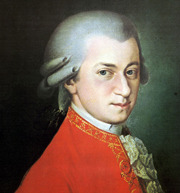
Mozart
Of his 27 piano concertos, only 15 have cadenzas in his hand. The others have either been lost over time or were never written down in the first place. At the time of Mozart, performers would still have been expected to create their own cadenzas.
In most recordings, if there is a Mozart cadenza, then the performer uses it. This means that for the concertos where there is no extant cadenzas, performers can do either one of two things: create their own or use one created by someone else.
Piano Concerto No. 20 in D Minor, K. 466, was given its première in Vienna on 22 February 1785, with the composer at the piano. His cadenza is lost and the first published cadenza we have was from Beethoven himself, who liked this concerto and kept it for many years in his own concert repertoire.
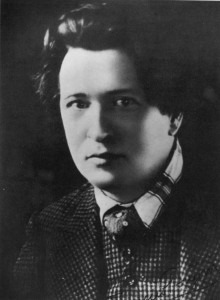
Ferruccio Busoni
We are struck immediately by the great thrumming arpeggios that Beethoven puts in the left hand under the right hand trills. Beethoven also takes advantage of the fact that the work is in D minor and uses alternations between major and minor to bring more drama into his cadenza. Tempo changes, articulation changes, dynamic changes all have their part in his cadenza. Another cadenza for this work from the time of Mozart would have been the one written by Johann Nepomuk Hummel, Mozart’s student.
(Annie Fischer, piano; Budapest Symphony Orchestra; Ervin Lukacs, Conductor) cadenza: 11:08-13:20
This cadenza is probably closer to what Mozart might have himself played – it doesn’t have the bravura extremes that Beethoven liked, but does have elements where technique plays a strong role.
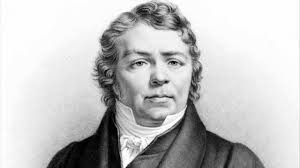
Johann Nepomuk Hummel
(Michael Rische, piano; West German Radio Symphony Orchestra; Howard Griffiths, Conductor)
Brahms’ cadenza still contains the virtuosic elements we expect, but it seems more conversational, as though he’s talking both with his audience and with Mozart about the melodic elements of the piece.
Another pianist/composer who added a cadenza to this work was Ferruccio Busoni (1866 – 1924), which moves us closer to the 20th century.
(Michael Rische, piano; West German Radio Symphony Orchestra; Howard Griffiths, Conductor)
Gone are the opening dramatic motions of Beethoven and he seems to carry the introspection of Brahms forward. The virtuosic elements are still prominent, but seem to become most dramatic just before the entry of the orchestra.
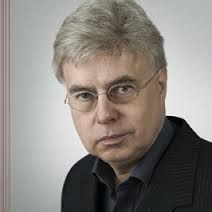
Michael Rische
Anda’s cadenza owes a lot to Beethoven and seems like such a return to the past.
I. Allegro (cadenza by G. Anda) (Geza Anda, piano; Cologne West German Radio Symphony Orchestra; Geza Anda, Conductor) cadenza: 11:06-12:24
Rische’s cadenza is very much informed by the fact that, on this recording, he’s also performed the cadenzas by Busoni, Brahms, Hummel, and Beethoven. With all those examples in mind, and in his fingers, he creates a cadenza that’s both modern and a referral to earlier works.
I. Cadenza (by M. Rische) (Michael Rische, piano; West German Radio Symphony Orchestra; Howard Griffiths, Conductor)
Christian Zacharias’ cadenza seems like a throwback to the earlier Beethoven and Hummel works.
I. Allegro (Cadenza by C. Zacharias) (Christian Zacharias, piano; Bavarian Radio Symphony Orchestra; David Zinman,Conductor)) Cadenza: 10:27-12:17
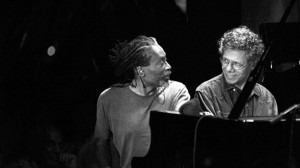
Chick Corea and Bobby McFerrin
I. Allegro (Cadenza by Corea) (Bobby McFerrin, vocals; Chick Corea, piano; St. Paul Chamber Orchestra; Bobby McFerrin, conductor) cadenza: 11:09-13:38
Although Corea’s cadenza may seem slightly jarring in its style, we could also consider it in light of his career in improvisation and music and see, perhaps, what might be a throwback to Mozart’s own virtuosity.



An article that deserves more attention. No great pianists of today except for maybe one or two, can write a great cadenza. They are technically wonderful and musically adept but don’t have the EAR …. Musically to write a perfectly fitting cadenza.
Of your samples above, Hummels was as good as Mozart would have just barely accepted. Beethovens is still the best.
Ironically, ( maybe not!) Daniel Barenboim comes as close to Mozart in style on his 1967 EMI recording cadenza of K. 467 first movement….; listen to it; you’ll be amazingly surprised!